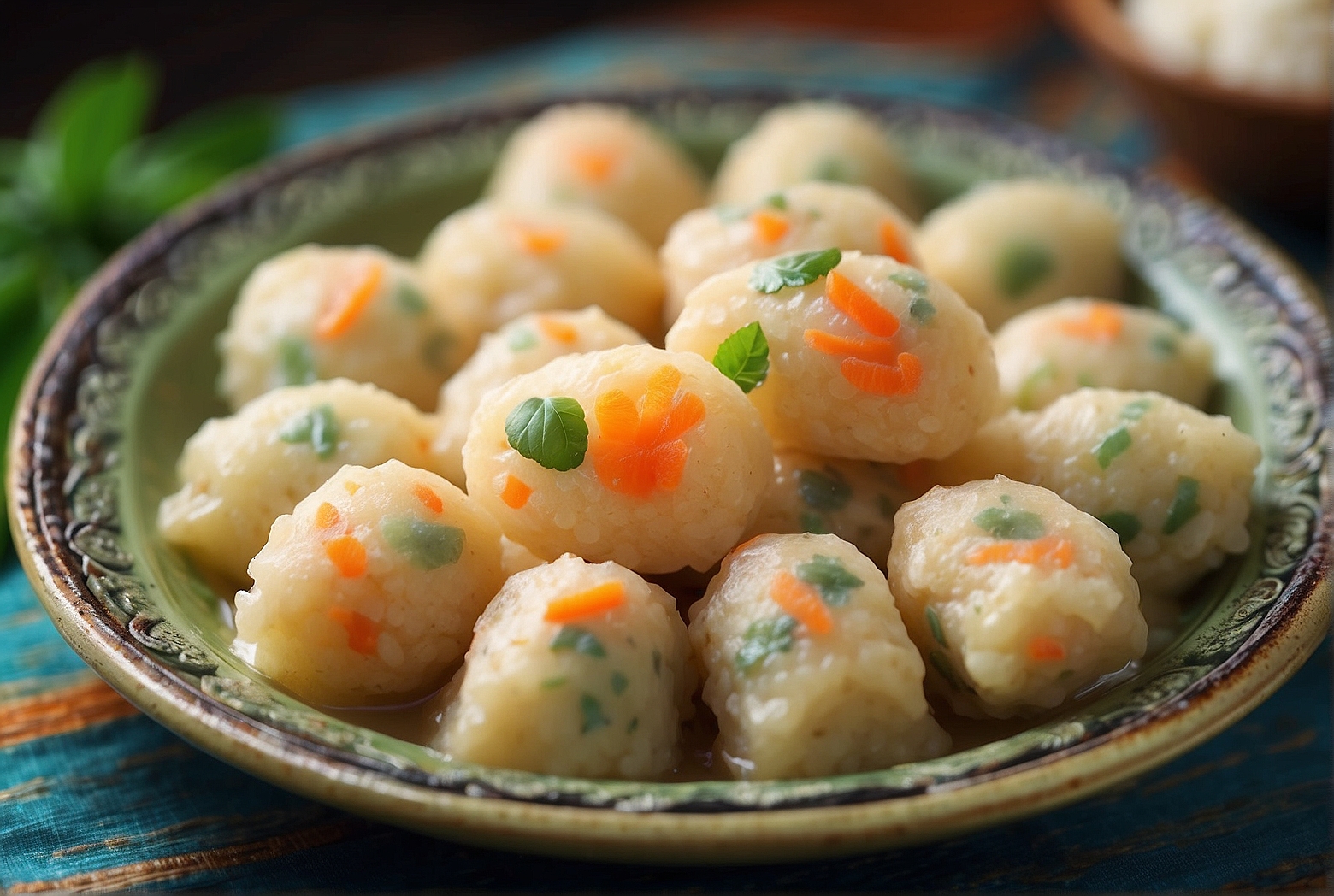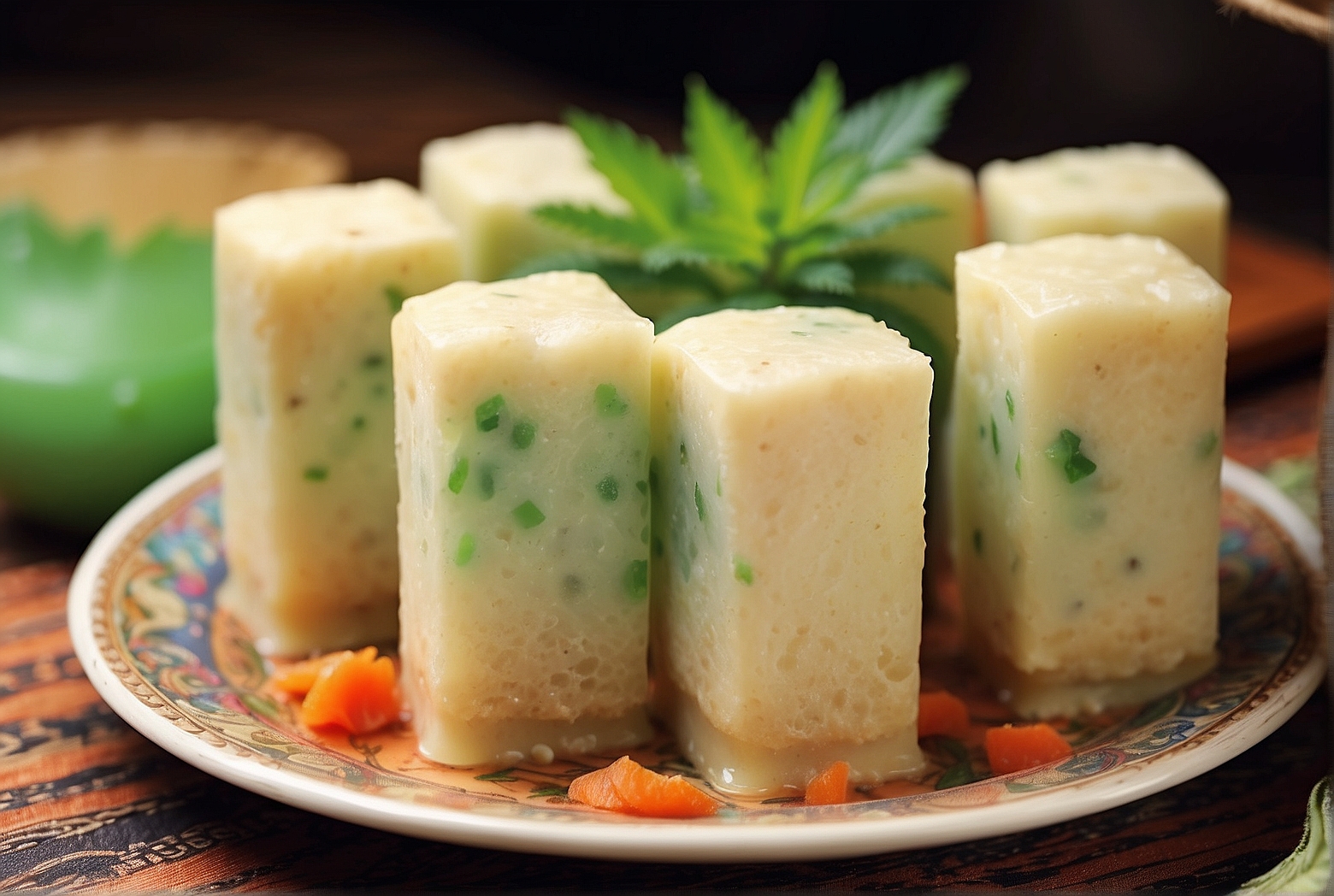Imagine indulging in a warm, comforting bowl of Canjica, a traditional Brazilian dish that is sure to delight your taste buds. This delectable recipe combines the creamy goodness of corn kernels with the rich flavors of cinnamon and coconut, creating a harmonious blend that will transport you to the vibrant streets of Brazil. With just a few simple ingredients, you can easily whip up this mouthwatering dessert to impress your loved ones or simply treat yourself to a little taste of Brazil. So, get ready to embark on a culinary adventure as you explore the irresistible world of Canjica!
Introduction
Welcome to this comprehensive article all about Canjica, a delicious and beloved dish in Brazilian cuisine. In this article, we will explore the origins and importance of Canjica, discuss its ingredients and preparation methods, explore variations and modifications you can try, and dive into the cultural significance of Canjica in Brazil. We will also delve into the health benefits of this tasty treat. So grab a cup of coffee, sit back, and let’s explore the wonderful world of Canjica together!
Overview of Canjica
Definition of Canjica
Canjica is a traditional Brazilian dish made from white corn kernels, milk, sugar, and spices. It is a delightful combination of flavors and textures that has been enjoyed for generations. The dish has a creamy consistency and a subtly sweet taste, making it a favorite among both children and adults.
Origins of Canjica
Canjica has its roots in Brazilian and African culinary traditions. It is believed to have been brought to Brazil during the era of the transatlantic slave trade, where the influence of African cuisine blended with Brazilian ingredients and techniques. Over time, Canjica became a beloved dish that is often associated with festivals and celebrations in Brazil.
Importance of Canjica in Brazilian cuisine
Canjica holds a special place in Brazilian cuisine, especially during certain times of the year. It is commonly enjoyed during the winter months and is particularly popular during the Festas Juninas, a series of celebrations that take place throughout Brazil in June. Canjica is often prepared and shared among family and friends during these festivities. Its warm and comforting nature makes it a perfect treat for gatherings and special occasions.
Ingredients
To prepare a delicious batch of Canjica, you will need the following ingredients:

- White corn kernels: The key ingredient in Canjica, white corn kernels provide the base for the dish.
- Water: Essential for cooking the corn kernels and creating the creamy texture.
- Milk: Adds richness and creaminess to the Canjica.
- Sugar: Sweetens the dish and balances the flavors.
- Cinnamon sticks: A warm and aromatic spice that enhances the taste of the Canjica.
- Coconut milk: Adds a tropical flair and richness to the dish.
- Condensed milk: Provides additional sweetness and creaminess.
- Salt: Enhances other flavors and balances the sweetness.
Preparation
Soaking the corn kernels
To prepare the Canjica, start by soaking the white corn kernels in water overnight. This will help soften the kernels and ensure they cook thoroughly.
Cooking the corn kernels
After soaking, drain the corn kernels and transfer them to a large saucepan. Add water and bring it to a boil. Reduce the heat and let it simmer until the corn kernels are tender. This process may take around 45 minutes to an hour.
Adding milk and spices
Once the corn kernels are cooked, add milk, cinnamon sticks, and coconut milk to the saucepan. Stir the mixture gently, ensuring that all the flavors combine well.
Simmering the mixture
Allow the mixture to simmer on low heat for around 30 minutes. This will allow the flavors to meld together and create a creamy consistency.
Sweetening with sugar and condensed milk
After simmering, add sugar and condensed milk to the Canjica. Adjust the sweetness according to your preference. Stir the mixture well to ensure the sugar and condensed milk are fully incorporated.
Thickening the Canjica
If you prefer a thicker consistency, continue simmering the Canjica for a little longer until it reaches your desired thickness. Remember to stir occasionally to prevent the mixture from sticking to the bottom of the saucepan.

Serving suggestions
Canjica can be enjoyed both warm and cold. Serve it in bowls or cups and consider garnishing with a sprinkle of cinnamon, toasted coconut flakes, or a drizzle of condensed milk. The choice of presentation is up to you!
Variations and Modifications
While Canjica is traditionally made with basic ingredients, you can experiment with variations and modifications to add your own unique twist to the dish. Here are some ideas to inspire you:
Adding fruits or nuts
Enhance the flavor and texture of your Canjica by adding fresh fruits such as chopped strawberries, bananas, or diced mangoes. For an extra crunch, consider tossing in toasted nuts like chopped almonds or cashews.
Using different types of milk
If you prefer a dairy-free version of Canjica, try substituting regular milk with almond milk, soy milk, or oat milk. These alternatives can add a different depth of flavor to your dish and cater to various dietary preferences.
Experimenting with spices
While cinnamon is the traditional spice used in Canjica, feel free to get creative with other spices such as nutmeg, cardamom, or vanilla. These spices can add a unique twist to the dish and elevate the overall flavor profile.
Making a vegan version
To make Canjica completely vegan-friendly, omit the milk and condensed milk. Instead, rely on coconut milk and a plant-based sweetener such as agave syrup or maple syrup for sweetness and creaminess.
Adding a touch of alcohol
For an adult twist, consider adding a splash of rum, whiskey, or liqueur to your Canjica. The alcohol will infuse into the dish and provide an extra layer of complexity to the flavors.
Creating a savory Canjica
While Canjica is traditionally a sweet dish, you can experiment with transforming it into a savory option. Consider substituting the sugar and condensed milk with savory ingredients such as onions, garlic, and spices like paprika or cumin. Serve it as a side dish or a unique main course.
Serving and Presentation
Decorative garnishes
To make your Canjica visually appealing, consider garnishing it with a sprinkle of cinnamon, toasted coconut flakes, or a drizzle of condensed milk. You can also add a fresh mint leaf or a slice of fruit as a finishing touch.
Serving sizes
Canjica can be served in individual bowls or cups, making it easy for guests to enjoy at gatherings and celebrations. Alternatively, you can serve it in a larger dish and allow everyone to help themselves. The choice of serving size is up to you and the occasion.
Traditional accompaniments
In Brazil, Canjica is often enjoyed with a side of pamonha (a traditional corn-based dish), roasted peanuts, or traditional Brazilian cheese. These accompaniments complement the flavors and create a well-rounded experience when enjoying Canjica.
Canjica in Brazilian Culture
Canjica as a festive dish
Canjica holds a significant place in Brazilian culture, especially during the Festas Juninas. These festivities celebrate various saints and typically feature lively music, dance, and traditional food. Canjica is a staple treat during these celebrations, and its presence adds to the joyous atmosphere.
Canjica in religious celebrations
Beyond the Festas Juninas, Canjica is also associated with religious celebrations in Brazil. It is often prepared and enjoyed during religious holidays such as Easter and Christmas. The act of sharing and consuming Canjica together brings a sense of unity and joy to these special occasions.
Regional variations of Canjica
As with many traditional dishes, Canjica has regional variations throughout Brazil. Different regions may have their own unique twist on the recipe, incorporating local ingredients, spices, or preparation methods. Exploring these regional variations can be a delightful culinary adventure.
Health Benefits
Nutritional value of Canjica
Canjica offers several nutritional benefits, especially when prepared with wholesome ingredients. It is a good source of carbohydrates, proteins, vitamins, and minerals.
Rich in fiber
Canjica, being made from white corn kernels, is rich in dietary fiber. Fiber promotes healthy digestion, aids in weight management, and helps regulate blood sugar levels.
Good source of energy
The combination of corn, milk, and sugar in Canjica provides a good source of energy. It can be a great option for those needing a quick boost of energy, especially during physical activities or for busy individuals who need a nutritious and satisfying snack.
Promotes digestive health
The fiber content in Canjica can promote healthy digestion by supporting regular bowel movements and preventing constipation. Additionally, the gentle spiciness of cinnamon can aid in digestion and soothe the stomach.
Suitable for lactose-intolerant individuals
Canjica can be made lactose-free by substituting regular milk with lactose-free options or plant-based milk alternatives. This makes it suitable for individuals with lactose intolerance to enjoy without discomfort.
Conclusion
In conclusion, Canjica is a delightful and comforting dish that holds a special place in Brazilian cuisine and culture. Its rich history, versatile nature, and delicious flavors make it an incredibly cherished treat. Whether enjoyed during festivals, religious celebrations, or simply as a heartwarming dessert, Canjica brings people together and adds a touch of sweetness to life. So why not gather your ingredients, follow the recipe, and indulge in the magic of Canjica today? Bom apetite!
